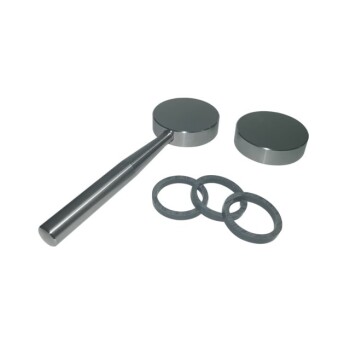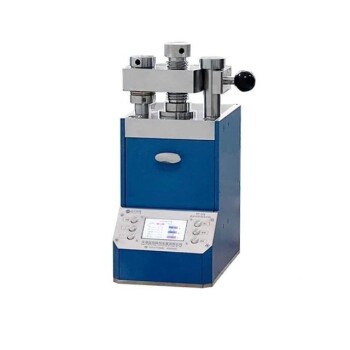XRF, or X-ray Fluorescence Spectrometry, is a highly reliable chemical analysis tool.
It is particularly noted for its advancements in sensitivity and stability over the past decade.
While sample preparation remains the most significant source of error, proper techniques can ensure consistent and reliable results.
Handheld XRF analyzers offer mobility and autonomy, enhancing their utility across various industries.
The repeatability and accuracy of XRF have been demonstrated through tests, making it a preferred choice for elemental analysis in multiple fields.
4 Key Factors You Need to Know About XRF Reliability

1. Advancements in XRF Technology
Over the past decade, XRF instrumentation has seen significant improvements in sensitivity and stability.
These advancements have reduced the instrument's role as the primary source of error in analysis.
2. Role of Sample Preparation
Sample preparation is now the most critical factor affecting the reliability of XRF analysis.
Techniques such as making pressed pellets are effective, quick, and cost-efficient, ensuring high-quality results.
3. Handheld XRF Analyzers
Handheld XRF analyzers have enhanced the method's popularity due to their mobility and autonomy.
These devices allow for on-the-spot analysis, making them versatile and convenient for various applications.
4. Repeatability and Accuracy
Tests have shown that XRF analyzers provide stable, accurate, and repeatable results.
The XRF 900 series handheld analyzer, for instance, has demonstrated good trace element detection capabilities, comparable to spark optical emission spectrometers.
5. Versatility and Application
XRF is used across multiple industries, including metallurgy, cement, mining, and industrial minerals.
Its non-destructive nature and quick analysis make it ideal for quality control and grade identification of alloy materials.
6. Economic and Operational Benefits
XRF analyzers are easy to use, require minimal maintenance, and offer high accuracy and speed.
These factors contribute to their increasing demand in various industrial sectors, saving time and resources.
7. Reliability Order and Relative Proximity
The reliability of XRF measurements varies by element, with Pb being the most reliable and Cu the least among the tested elements (Pb > Zn > Ni > Cu).
The relative proximity (RP) of these measurements ranges from 85% to 35%, indicating a broad spectrum of reliability.
In summary, XRF is a reliable and versatile tool for elemental analysis.
Advancements in technology and proper sample preparation are key to achieving accurate results.
Handheld XRF analyzers further enhance its practicality and applicability across various industries.
Continue Exploring, Consult Our Experts
Discover how advancements in XRF technology, coupled with our expertly designed handheld analyzers, can revolutionize your elemental analysis.
With unparalleled sensitivity, stability, and convenience, KINTEK SOLUTION is your go-to for industry-leading equipment and consumables.
Don't settle for less—get in touch with us now to explore the possibilities and elevate your analysis to new heights!













